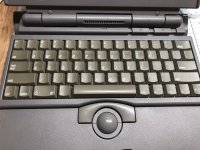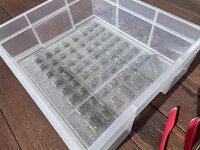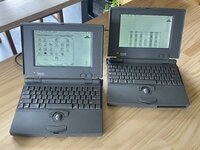desertrout
Well-known member
Does anyone know if you can somehow restore the color of grey plastics that have browned? My PB 180 in particular has noticeably brown keys and trackball buttons that I assume is due to bromine. I'm tempted to perform an experiment though I have my doubts since the usual de-yellowing techniques using peroxides are effectively bleaching, but I'm curious to know if anyone has any experience or information about this.




